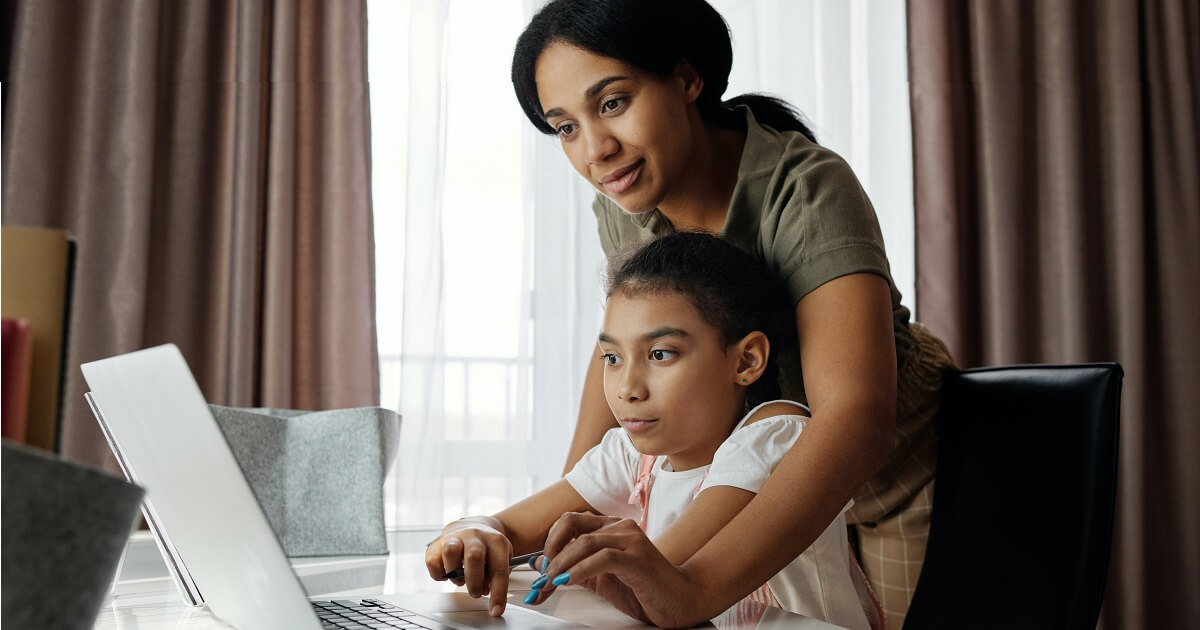
As the summer draws to a close, schools are having to make difficult decisions about how they will operate to safely prevent transmission of COVID-19. In most cases, the strategy includes the introduction of remote classrooms. Online learning is not a new approach. Over the last several years, a robust and varied eLearning infrastructure has been built with varying success.
For many students and teachers, however, remote classrooms are very different. While school can be a safe and positive environment for students to learn together, remote classrooms remove the physical space that students rely upon for education and social development support. There are challenges when it comes to using a technological alternative for in-school teaching.
We’re going to cover a few key areas where teachers can focus. Available tools and strategies can help bring positive inclusivity into the online space.
Accessible Technology
Technology has made resources and knowledge accessible for educators and students. Although we might assume online technology is inexpensive, we should also consider the fact that remote classrooms could exclude students from less affluent backgrounds.
Educators must be certain that remote classroom activities can utilize the lowest practical operating systems. One possibility is to make sure that classes are viewable on small mobile devices and laptops, which means optimizing documents for small screens. Avoid using licensed software such as PowerPoint for presentations. In districts where home computers aren’t provided by the school system, it can be helpful to make parents aware of resources such as the OnIT Foundation or The Alliance for Technology Refurbishing and Reuse, which provide free or low-cost equipment to students.
The “digital divide” is not limited to hardware and software. According to one report, only 54% of families earning less than $20,000 have access to the internet at home. This drops to 51% and 50% for Hispanic and Black families respectively, making access to the internet not just an issue of financial inclusivity, but racial equality too. The report also notes that the race gap is far narrower for mobile internet plans, therefore smartphones and internet-connected mobile devices are important for promoting diversity and accessibility in remote classrooms. Keep file sizes small as possible to account for limited data caps that most cellphone plans are subject to.
Lesson Planning for Inclusion
Most educators appreciate the effectiveness of learning styles and how they impact student progress. Among the key benefits of remote classrooms is the ability to pace and personalize learning to suit the individual students’ needs, giving them the freedom to personalize their learning experience according to their strengths. Teachers can introduce guests from diverse backgrounds to bring insights, ideas, and teaching approaches that can help bolster students’ experiences. Using a combination of techniques that incorporate the students’ needs, and addresses their challenges, can help make remote classrooms more inclusive.
To make remote lessons more inclusive, consider the following tips:
- Synchronicity — most students are used to working within a synchronous (everyone learns at the same time) environment. However, this is not always practical with remote learning. Consider which subject areas are best suited to synchronous learning, and which ones are appropriate for an asynchronous, largely self-guided approach. The primary consideration here is which option will benefit the most diverse range of students and meet their needs.
- Tools — while most students today are digital natives and understand technology, not every student is comfortable with it. Some students with special educational needs may find using tools such as traditional keyboards challenging. Create lesson plans that don’t rely too heavily upon tools that exclude the less tech-inclined.
- Accessibility — remote learning can open your class up to a range of tools, but we must provide alternative options for students with accessibility issues. Provide transcripts and closed captioning for students who are hard-of-hearing. Rather than livestream, provide videos that allow students to pause and review the content. Design online slideshows with soft color backgrounds and simple fonts to make them more easily digestible for students with dyslexia.
Making Connections
Social interaction is difficult to replicate online. There are opportunities to create structured, productive collaborations on specific projects. But as most teachers will attest, the atmosphere, camaraderie, and spontaneity of the physical classroom can be more beneficial to students’ development.
With the limited prospect of a whole day of collaboration, it’s important to set aside regular opportunities for the entire class to meet virtually. Set up a secure classroom on Zoom to allow each class member to see each other, and spend time talking about their experiences during COVID-19 lockdown or reading a book. This allows children from more isolated backgrounds or rural areas to avoid feeling excluded from the company of their peers.
Check-in with each member of your classroom on an individual basis. Some students may be struggling with the new arrangements, or have difficulties learning at home. Providing them with opportunities to talk may address the needs of students with mental health difficulties and provide a way to assess signs of depression or increased anxiety.
Conclusion
As a result of the COVID-19 pandemic, remote classrooms are starting to become necessary for schooling. While there are many benefits to remote learning, educators must be mindful of barriers to equal learning opportunities. By keeping technology requirements minimal, taking a multi-faceted approach to lesson planning, and giving students opportunities to spend time together we can help ensure that remote learning is positive for everyone.
Noah Rue is a journalist and content writer, fascinated with the intersection between global health, personal wellness, and modern technology. When he isn’t searching out his next great writing opportunity, Noah likes to shut off his devices and head to the mountains to disconnect.
Categorized as: Tips for Teachers and Classroom Resources
Tagged as: Diversity, Online Learning, Online Teaching, The Inclusive Classroom, Working Remotely
